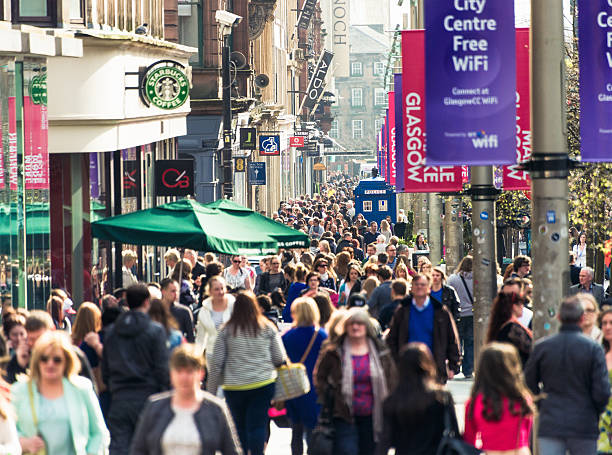With an eye on the nations with the biggest population and the elements influencing their appeal, this paper explores the interesting demographics of Europe. We shall go over the Top Ten Most Populated Countries in Europe. Over 700 million people call the several countries that make up Europe home. Rich in history, culture, and economic powerhouses, this area is rather diverse.
The ten countries with the highest population are discussed in this article together with details on the cities in each of those nations, population numbers of those cities, and main factors influencing their demography including marriage rates, migration rates, and employment possibilities. Russia boasts a great population as well as a lot of territory. Regarding innovation as well as industry, Germany is a powerhouse. Every nation mentioned on the list has something special to contribute. Understanding these population changes helps us to grasp the social and political life of Europe as well as the impact it has on other parts of the globe. If you are thinking about visiting European nations for a holiday, for study, or just because you are curious, this page offers you useful statistics and background knowledge.
The Top Ten Most Populated Countries In Europe
10. Netherlands – Population: 17.9 Million
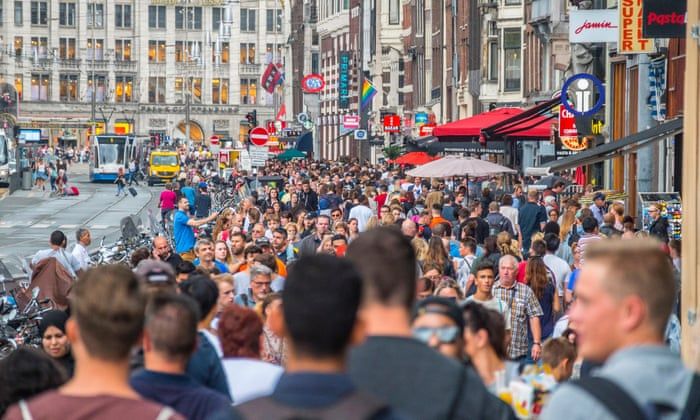
The Netherlands, a compact yet densely populated nation, boasts around 17.9 million residents in 2025. Known for its flat landscapes and innovative urban planning, this country has a population density of 424 people per square kilometer, making it one of Europe’s most crowded. Amsterdam, the cultural heart, hums with 931,298 residents, while Rotterdam’s massive port drives trade.
The economy thrives on agriculture, with exports like flowers and cheese, alongside tech and chemicals. Culturally, the Dutch embrace openness, with landmarks like windmills and traditions like King’s Day drawing global visitors. The nation’s high English proficiency and progressive policies, like legalizing same-sex marriage, enhance its appeal. Migration fuels growth, with diverse communities enriching cities, making the Netherlands a dynamic player in Europe’s demographic and economic scene.
9. Romania – Population: 19.1 Million
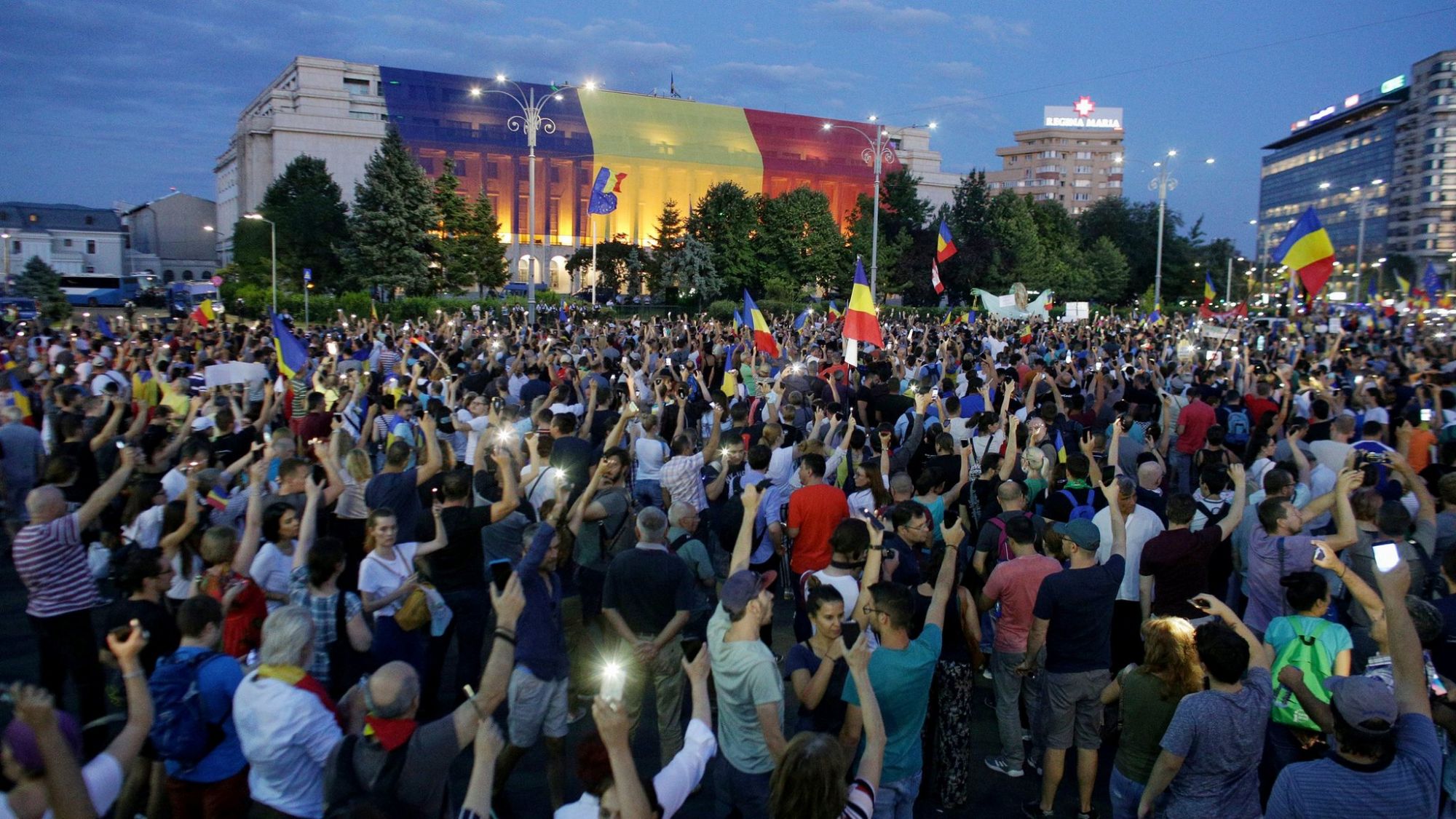
Romania, with 19.1 million people, blends Eastern European charm with a declining population due to emigration. Bucharest, the bustling capital, houses 1.7 million, while cities like Cluj-Napoca add cultural depth. The economy, driven by automotive, software, and agriculture, benefits from a flat tax system, boosting exports to the EU. Romania’s 11 UNESCO World Heritage Sites, including Transylvania’s fortified churches, showcase its rich history.
Traditional cuisine like sarmale and vibrant festivals reflect a mix of Romanian, Hungarian, and Roma influences. Despite population challenges, with a density of 79.9/km², Romania’s cultural diversity and growing tourism sector, attracting millions to sites like Bran Castle, keep it relevant. Its young population, with a median age of 41.6, and increasing fertility rates signal potential for demographic recovery, positioning Romania as a key player in Europe’s population trends.
8. Poland – Population: 38 Million
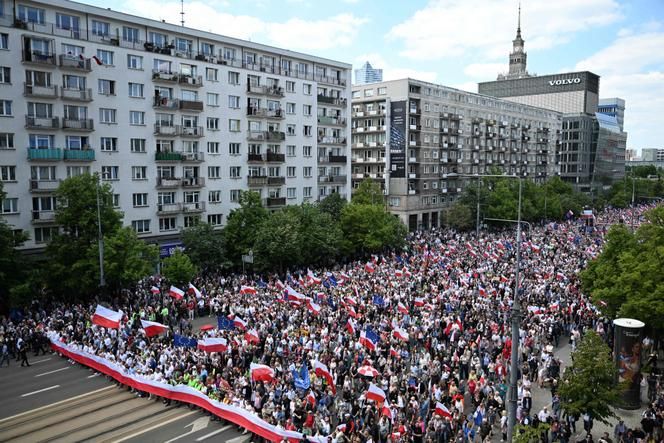
Poland, home to 38 million people, stands as a cultural and economic hub in Central Europe. Warsaw, with 1.86 million residents, leads as a political and cultural center, while Kraków’s historic charm draws tourists. The economy, with a GDP of $2.018 trillion, excels in manufacturing, electronics, and agriculture, with silver exports notable. Poland’s 17 UNESCO sites, like the Wieliczka Salt Mine, highlight its heritage, while literary giants like Wisława Szymborska add cultural weight.
The population, with a density of 122/km², faces decline due to low fertility (1.2 children per woman) and emigration, yet urban areas thrive. Catholic traditions and festivals like Pol’and’Rock shape its identity. Poland’s resilience, rooted in its history, and its role as a migration destination for Ukrainians ensure its prominence in Europe’s demographic and economic landscape.
7. Ukraine – Population: 32.9 Million

Ukraine, with 32.9 million residents in 2025, has faced significant population shifts due to the ongoing conflict with Russia, down from 41 million pre-2022. Kyiv, the capital, hosts 2.95 million, while Odesa and Kharkiv are cultural hubs. The economy, heavily agricultural, is the world’s largest wheat exporter, though war has strained growth, with a GDP of $690 billion. Ukraine’s eight UNESCO sites, like Lviv’s historic center, and traditions like pysanky eggs reflect its Slavic roots.
The population density is 54.4/km², with a fertility rate of 1.41, signaling demographic challenges. Despite adversity, Ukraine’s cultural resilience, seen in its music and literature, and its strategic importance in Europe keep it significant. Migration losses are offset by some returns, but the nation’s future hinges on stability, making it a focal point in Europe’s population dynamics.
6. Spain – Population: 49.2 Million

Spain, with 49.2 million people, is a demographic powerhouse in Southern Europe. Madrid, home to 3.33 million, and Barcelona drive cultural and economic vibrancy. The economy, with a $2.812 trillion GDP, thrives on tourism (94 million visitors in 2024), automotive, and agriculture. Spain’s 50 UNESCO World Heritage Sites, including Alhambra, and cultural exports like flamenco and Picasso’s art, make it a global icon. The population density is 97/km², with a low fertility rate of 1.12, among Europe’s lowest, leading to an aging population.
Migration from Latin America and North Africa boosts urban centers, though rural areas face depopulation. Spain’s vibrant festivals, like La Tomatina, and football passion, with clubs like Real Madrid, enhance its appeal. Its demographic trends and cultural richness cement Spain’s role in shaping Europe’s population landscape.
5. Italy – Population: 58.9 Million
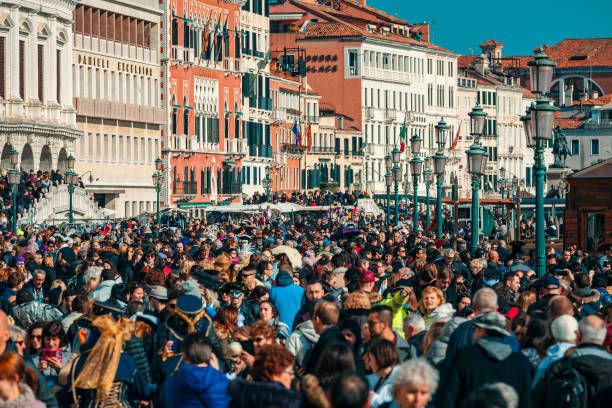
Italy, with 58.9 million residents, is a cultural and demographic giant. Rome, with 2.75 million people, and Milan, a fashion hub, anchor its urban life. The economy, with a $3.719 trillion GDP, excels in automotive, fashion, and food, though high public debt poses challenges. Italy’s 58 UNESCO World Heritage Sites, the world’s highest, include Pompeii and Venice, reflecting Renaissance and Roman legacies.
The population density is 195.7/km², but a low fertility rate (1.2) and aging population (median age 48) signal decline. Migration helps, but rural areas lose residents to cities. Italian cuisine, from pizza to gelato, and events like the Venice Carnival draw millions. Italy’s blend of history, art, and modern innovation ensures its place among Europe’s most populated countries, influencing global culture and demographics.
4. France – Population: 68.6 Million
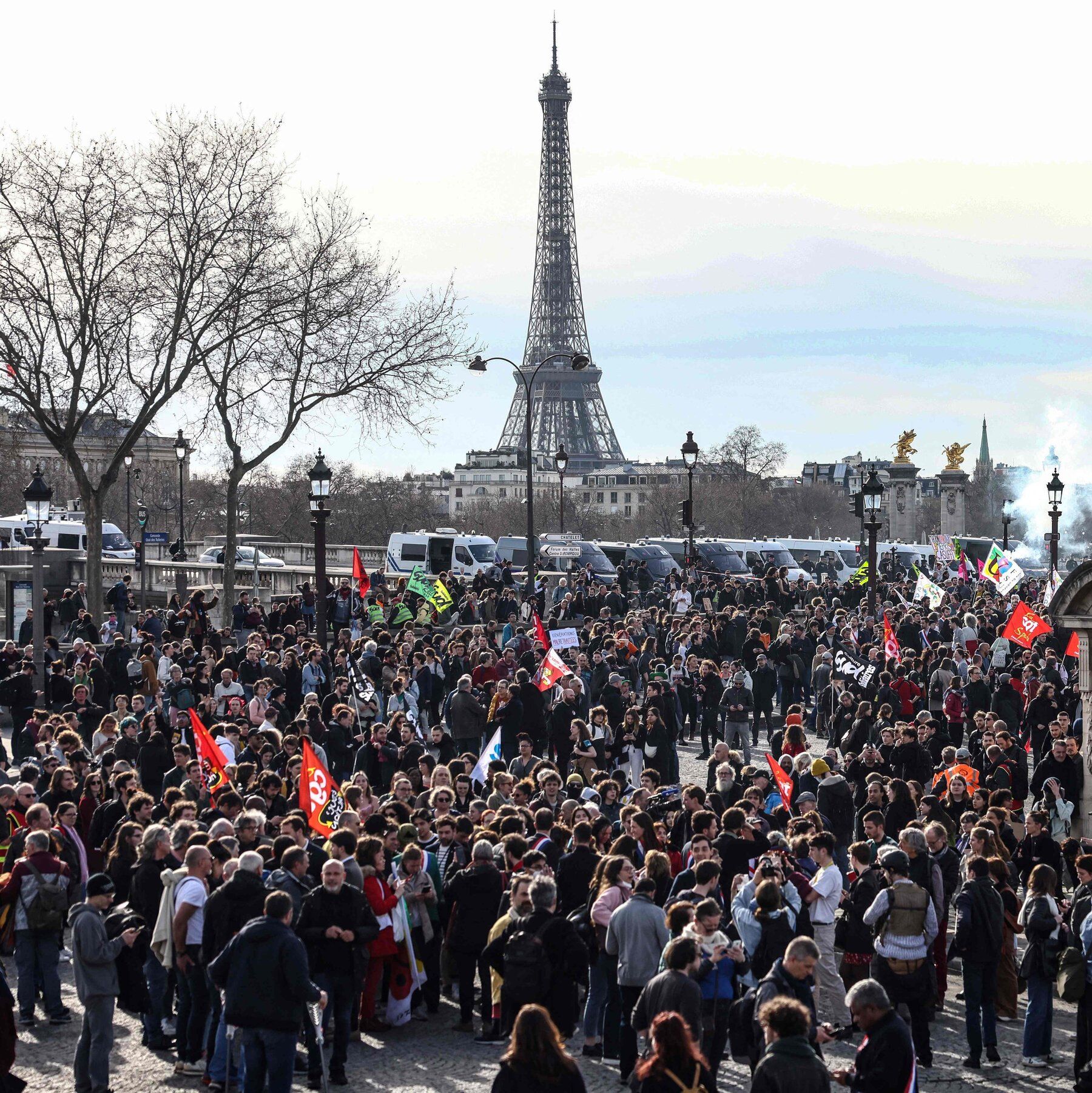
France, with 68.6 million people, is a demographic and cultural leader in Europe. Paris, with a metropolitan population of 13.17 million, is a global city for art and finance. The economy, with a $4.504 trillion GDP, leads in luxury goods, manufacturing, and agriculture. France’s 49 UNESCO sites, including Versailles, and cultural icons like Impressionism and the Cannes Film Festival, shape its identity. With a population density of 108/km² and a fertility rate of 1.79, the highest in the EU, France balances growth and aging challenges.
Migration, particularly from Africa, diversifies urban areas. Rural regions maintain charm, with cuisine like croissants and wines defining French culture. France’s innovation, seen in its tech sector, and global influence make it a cornerstone of Europe’s population trends, blending tradition with modernity.
3. United Kingdom – Population: 68.3 Million
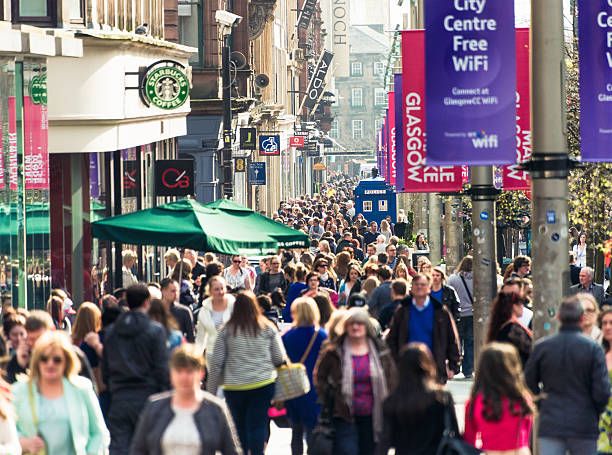
The United Kingdom, with 68.3 million residents, is a demographic and economic powerhouse. Greater London, with 9.79 million, is a financial and cultural hub, while Manchester and Birmingham thrive industrially. The economy, with a $4.448 trillion GDP, excels in finance, tech, and aerospace, with London ranking high globally. The UK’s cultural influence, from Shakespeare to modern bands like The Beatles, and 197 Michelin-starred restaurants, is immense.
The population density is 281/km², with a fertility rate of 1.53. Migration drives growth, with diverse communities enriching cities, though Brexit has impacted inflows. Rural Scotland and Wales contrast bustling urban centers. The UK’s global reach, through its Commonwealth and cultural exports, ensures its prominence in Europe’s population dynamics, balancing heritage with innovation.
2. Germany – Population: 84.7 Million
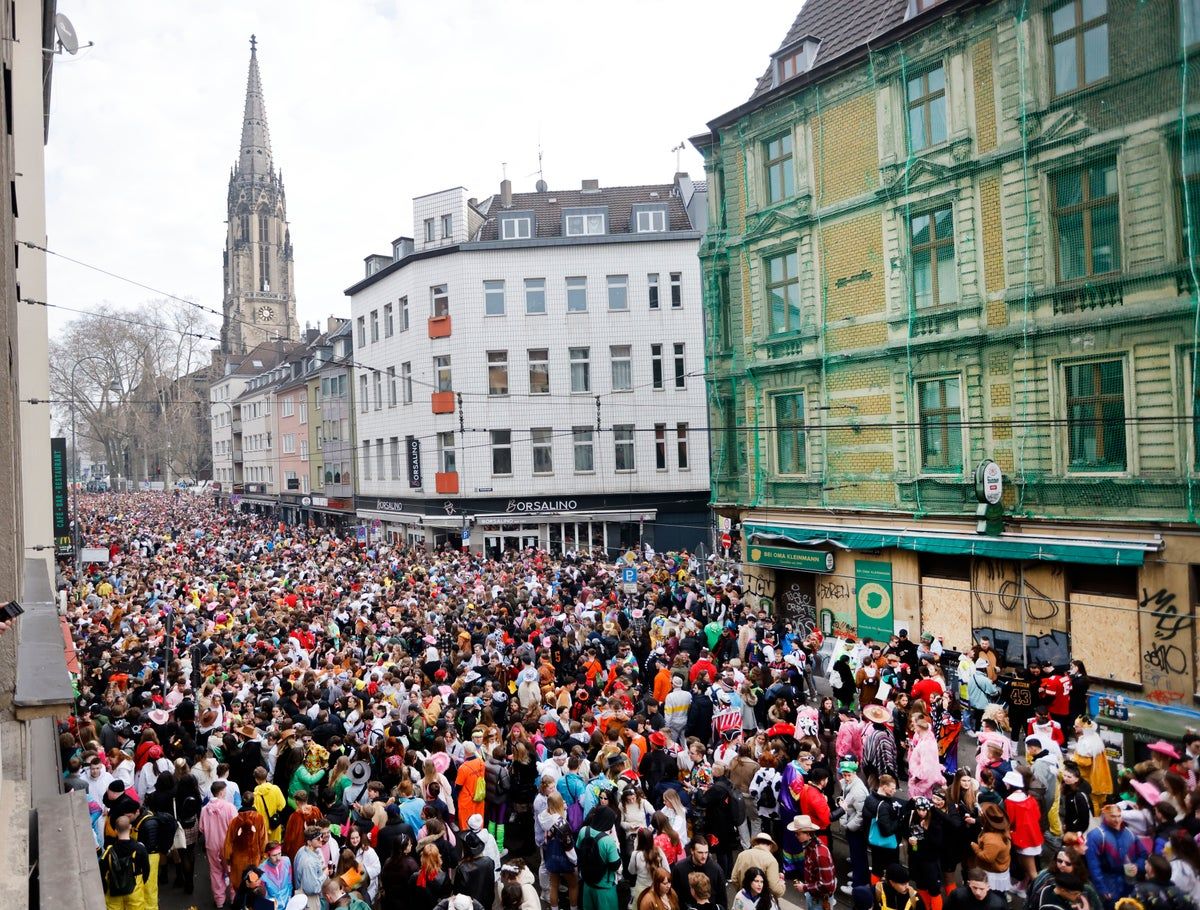
Germany, with 84.7 million people, is Europe’s second most populated nation and an economic titan. Berlin, with 3.6 million residents, and Munich drive innovation and culture. The economy, with a $6.161 trillion GDP, leads in manufacturing, automotive, and chemicals, with brands like Volkswagen globally renowned. Germany’s 54 UNESCO sites, including Cologne Cathedral, and festivals like Oktoberfest highlight its heritage. The population density is 236/km², but a low fertility rate (1.57) and aging population (median age 47.4) pose challenges.
Migration, including 1.06 million Ukrainian refugees, diversifies urban areas. Germany’s economic stability and cultural depth, from Bach to modern startups, make it a demographic leader. Its role in the EU and global trade ensures its influence in Europe’s population trends.
1. Russia – Population: 146 Million
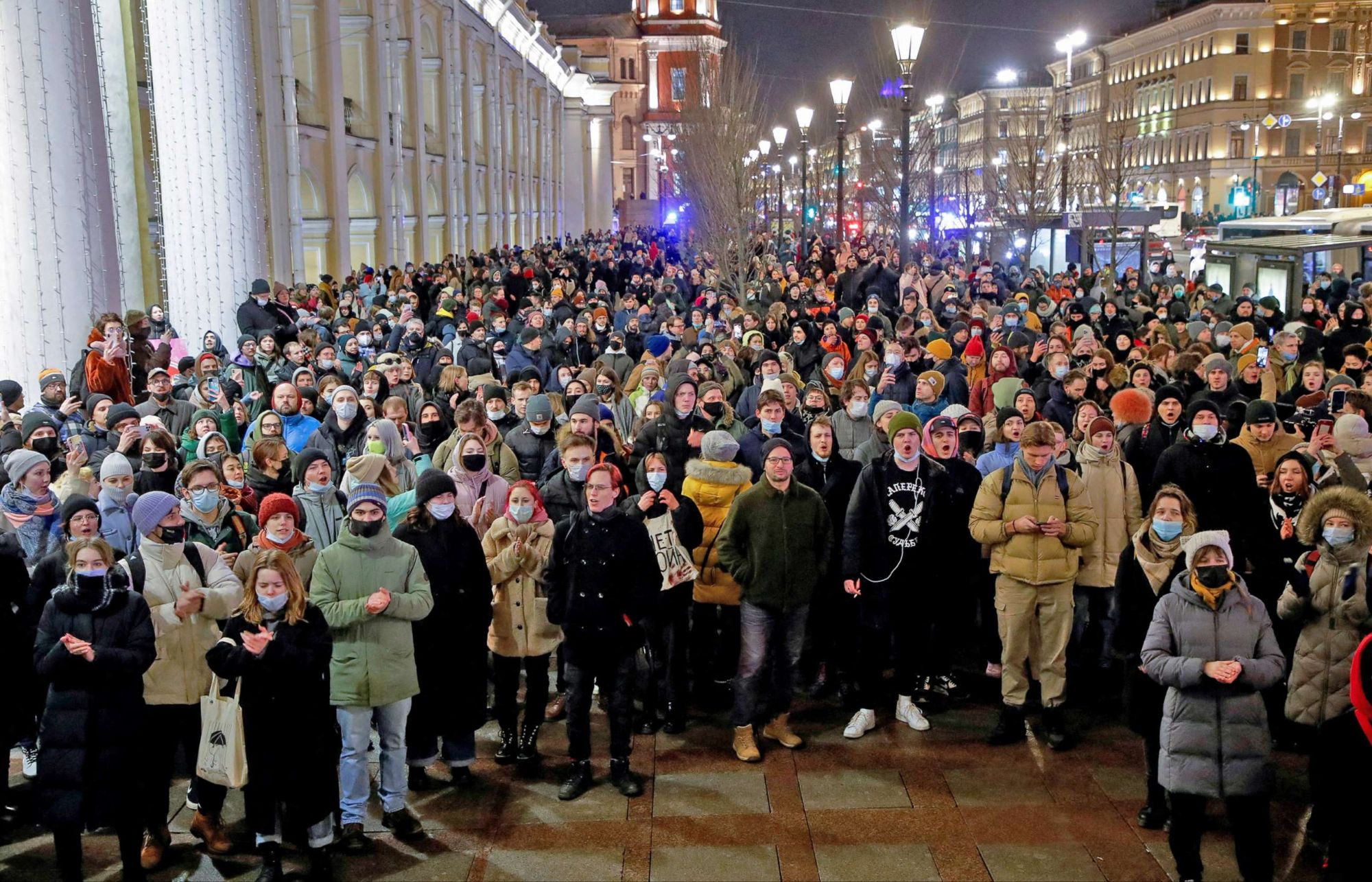
Russia, spanning Europe and Asia, tops the list with 146 million people, making it Europe’s most populated country. Moscow, with 13.27 million, and Saint Petersburg are urban giants, while vast rural areas remain sparsely populated (density 8.4/km²). The economy, with a $7.192 trillion GDP, relies on oil, gas, and minerals, though sanctions and the Ukraine conflict have shifted trade to China. Russia’s 32 UNESCO sites, like the Kremlin, and cultural giants like Tolstoy shape its identity.
A fertility rate of 1.41 and emigration, worsened by recent conflicts, challenge growth. Despite this, Russia’s diverse ethnic groups and traditions, from Matryoshka dolls to ballet, maintain its global cultural influence. Its sheer size and population cement its dominance in Europe’s demographic landscape, with urban centers driving economic and cultural trends.

